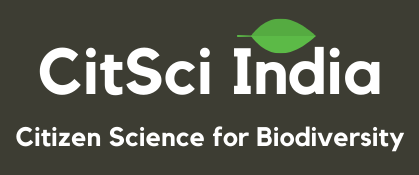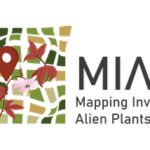NOTE: This project is temporarily inactive while it is being revamped and improved
Species that are introduced from elsewhere are known as alien or exotic species. Some introduced species become invasive, with negative impacts on native biodiversity, ecosystem services and human wellbeing. In India we lack systematic information about invasive species distributions that could enable prioritising species (or habitats) to manage. The aim of this project is to map invasive plant distributions and to create greater public awareness about invasive alien species and their potential ecological and socioeconomic impacts.


